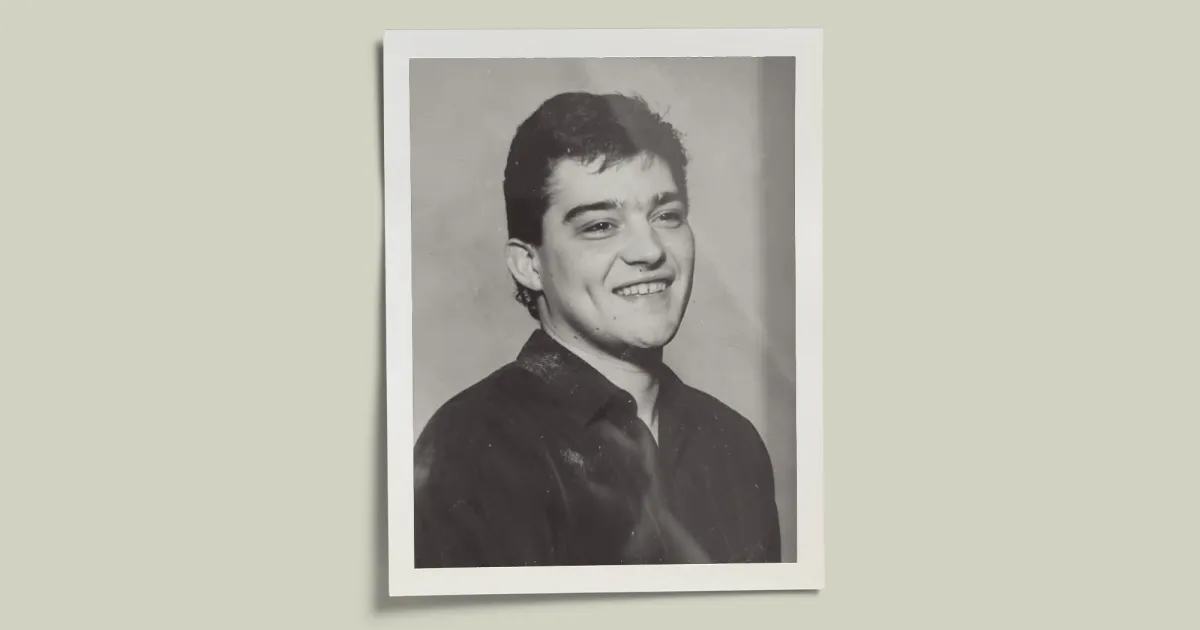Louisiana Is Executing Prisoners Again. His Case Shows the Costs.

```html
Louisiana's Death Row: A Fight for Innocence Against a Ticking Clock
A Tragic Beginning
December 1993. Jimmie "Chris" Duncan, a 25-year-old known as "Deathtrap Duncan" for his daredevil ways, rushed to his neighbor's house in Monroe, Louisiana, clutching the lifeless body of his girlfriend's 23-month-old daughter, Haley. Panic, confusion, and a desperate plea for help filled the air. Haley wasn't breathing. Chris's world shattered.
Initially, police believed Chris's account of a tragic drowning accident. Dishes in the sink, toys floating in the bathtub – the scene seemed to corroborate his story. Negligent homicide was the charge.
A Shocking Turn
A chilling phone call from the Mississippi medical examiner, Dr. Steven Hayne, changed everything. Allegations of sexual assault and bite marks on Haley's body surfaced. The charge escalated to first-degree murder, and the nightmare truly began.
The prosecution painted a horrific picture of abuse, relying heavily on the seemingly damning bite mark evidence. A jailhouse informant’s supposed confession added fuel to the fire. The jury, visibly distressed, delivered a guilty verdict. Chris was sentenced to death.
Life on Death Row: Witness to Injustice
Entering Angola's death row in 1998, Chris joined a community of the marginalized, many bearing the scars of poverty, trauma, and inadequate legal representation. He witnessed the casual indifference surrounding executions, a jarring contrast to the immense weight of life and death. He saw friends like Les Martin and, more recently, Jessie Hoffman, executed by the state.
"My fight is a fight for them, too,” Chris reflects.
A Glimmer of Hope: The Autopsy Tape
Years into his incarceration, a VHS tape emerged – a recording of Haley’s autopsy conducted by forensic odontologist Michael West. The tape, never shown at trial, revealed a horrifying truth: West repeatedly pressing Chris’s dental mold onto Haley’s body, seemingly creating the very bite marks he claimed were a match. The foundation of the prosecution's case began to crumble.
Junk Science and Official Misconduct
As Chris's post-conviction lawyers dug deeper, more cracks appeared in the state's narrative. The jailhouse informant's testimony was discredited, and the science behind bite mark analysis, once touted as cutting-edge, was exposed as junk science. "It's total bullshit," remarked one of Chris's attorneys, echoing the growing scientific consensus.
Radley Balko, an investigative journalist instrumental in exposing the flawed forensics used in Chris's case, notes the stark disconnect: "a direct contradiction between what science says and what the law says."
A New Era, A Renewed Threat
As the flaws in Chris's conviction became undeniable, Louisiana’s criminal justice system began to reform. Changes in legislation offered new avenues for appeals, and under Governor John Bel Edwards, the death penalty seemed poised for a reevaluation. Chris's lawyers filed a factual innocence petition.
But with the election of Governor Jeff Landry, a staunch death penalty advocate, the pendulum swung back. Landry restarted executions and initiated measures designed to restrict appeals and expedite the path to the death chamber, raising concerns among legal experts like Bill Quigley: "People are going to be executed who wouldn't be executed if the system was really working.”
A Fate Undecided
In late September 2024, Chris had an evidentiary hearing. The West video, shown for the first time, had a visceral impact on the courtroom. Experts testified about the flawed forensics and prosecutorial misconduct that plagued the original trial. "Mr. Duncan is the last victim of Dr. Hayne and Dr. West on death row across the country,” Scott Greene, one of Chris's attorneys, argued.
As this article goes to press, the judge's decision remains pending. Chris Duncan remains in limbo, caught between the hope of exoneration and the chilling reality of Louisiana's renewed embrace of the death penalty. His fate, and the future of many like him, hangs precariously in the balance.